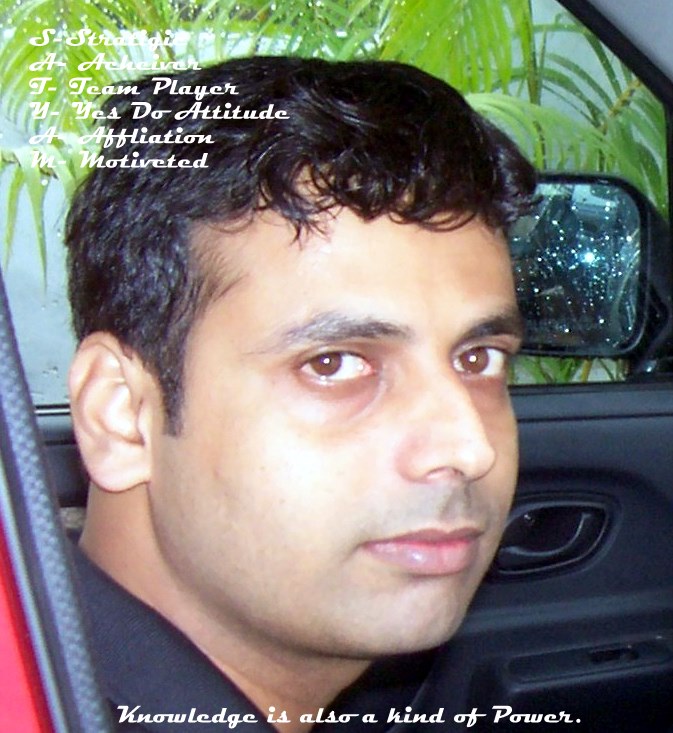Knapp's Relationship Escalation Model
Initiation | This stage is very short, sometimes as short as 10-15 seconds. In this stage, interactants are concerned with making favorable impressions on each other. They may use standard greetings or observe each other's appearance or mannerisms. |
Experimenting | In the next stage, individuals ask questions of each other in order to gain information about them and decide if they wish to continue the relationship. "Many relationships progress no further than this point" 17. |
Intensifying | Self-disclosure becomes more common in the intensifying stage. The relationship becomes less formal, the interactants begin to see each other as individuals, and statements are made about the level of commitment each has to the relationship. |
Integrating | The individuals become a pair in the integrating stage. They begin to do things together and, importantly, others come to see them as a pair. A shared relational identity starts to form in this stage. |
Bonding | During the bonding stage, a formal, sometimes legal, announcement of the relationship is made. Examples include a marriage, "best friend" ritual, or business partnership agreement. Few relationships reach this level. |
Duck's Relationship Filtering Model
Sociological/Incidental Cues | Duck's model is a set of filters through which we make choices about the level of relationship we wish to pursue with others. The first filter, sociological/incidental cues, describes the constraints placed on our meeting people due to where we live or work. In other words, given our sociological location, there are some people we see a lot of and others we never meet. |
Pre-interaction Cues | Information we gain about people before we even interact with them leads us to exclude or include individuals with whom we wish to have a relationship. For instance, the appearance of some individuals will cause you to avoid or approach them. |
Interaction Cues | As we begin to interact with others, we make judgments about whether to include or exclude them from possible relationships. |
Cognitive Cues | At the deepest level, we make judgments about people based on their personality and the degree to which we think it will match ours. As others reach this level, we consider them "best friends." |
Knapp's Relationship Termination Model
Differentiating | In this stage, partners begin to stress the "me" instead of the "we." In other words, the individuals begin to assert their independence. They may develop different hobbies or activities. The relationship may continue to dissolve, or this stage may be a warning sign that the couple needs to address their relationship status. |
Circumscribing | Communication between the couple diminishes during this stage. They tend to avoid certain topics of discussion. Outwardly, the couple appears normal. At this stage, attempts can be made to discuss the relationship and return it to a positive state. |
Stagnating | During the stagnating stage, the individuals avoid discussing the relationship because they think they know what the other will say. Others begin to take notice that something is wrong. |
Avoiding | The pair begins to physically separate themselves during the avoiding stage. The individuals try to reduce the opportunities for discussion. |
Terminating | This is the final stage of the relationship. Termination may come naturally, such as at the end of the semester when roommates move out, or arbitrarily, through divorce. Termination of the relationship can occur positively or negatively |








No comments:
Post a Comment